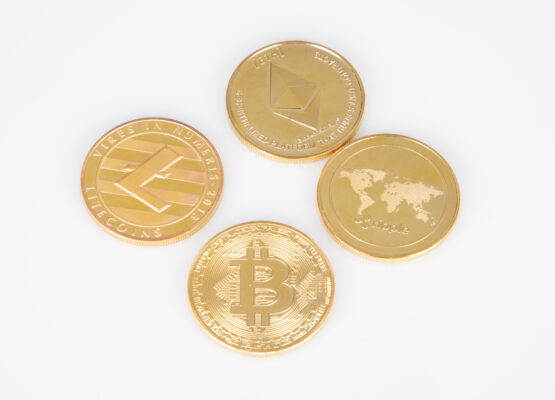
Whether you want to track down how much you’re spending on gas fees or see which tokens you transact with more, crypto transaction records can help traders in many ways. It can be used to formulate better trading strategies, understand trading patterns, and so much more.
For this article, we’ll explore three major ways on how you can retrieve your transaction history, along with some perks per option.
Method 1: Check Your Crypto Wallet
If you’re using a crypto wallet to buy, sell, and trade tokens, you can also use it to check previous transactions. Most crypto wallets keep a record of your incoming and outgoing transactions, helping users verify or review their details.
Simply go to the ‘History’ section of your crypto wallet to view these records. However, the available data might only go back to a certain timeframe, like the last 7 days. If you need to look further than the available information, check if the app has a feature to request the records via email.
Method 2: Use a Blockchain Explorer
Another tool you can use to check your transaction history is a blockchain explorer. These are public websites where users can check activities and categorize by blockchain or wallet address, and cover the address’ entire history. However, keep in mind that these sites are blockchain-exclusive, meaning you can only look at transactions done on a certain blockchain.
Some blockchain explorers include:
- Bitcoin – btcscan.org
- Ethereum – etherscan.io
- Polygon – polygonscan.io
- Solana – solscan.io
To use the blockchain explorer, simply go to the site and enter the wallet address on the site’s search bar. It will then list all transactions, with the most recent ones on top. You can also use blockchain explorers to check cold wallets using the same process.
Method 3: Avail of Third-Party Services
A third option you can try out is the assortment of third-party services available for download on computers, mobile phones, and tablets. These apps have intuitive features that allow users to do a deep dive into their transaction history. Users can also filter search results based on the date or token type for faster and more detailed information.
One interesting feature of third-party crypto tracker tools is that they’re not limited by blockchain. Compared to blockchain explorers, users can get aggregated results per blockchain to make historical checking more convenient.



